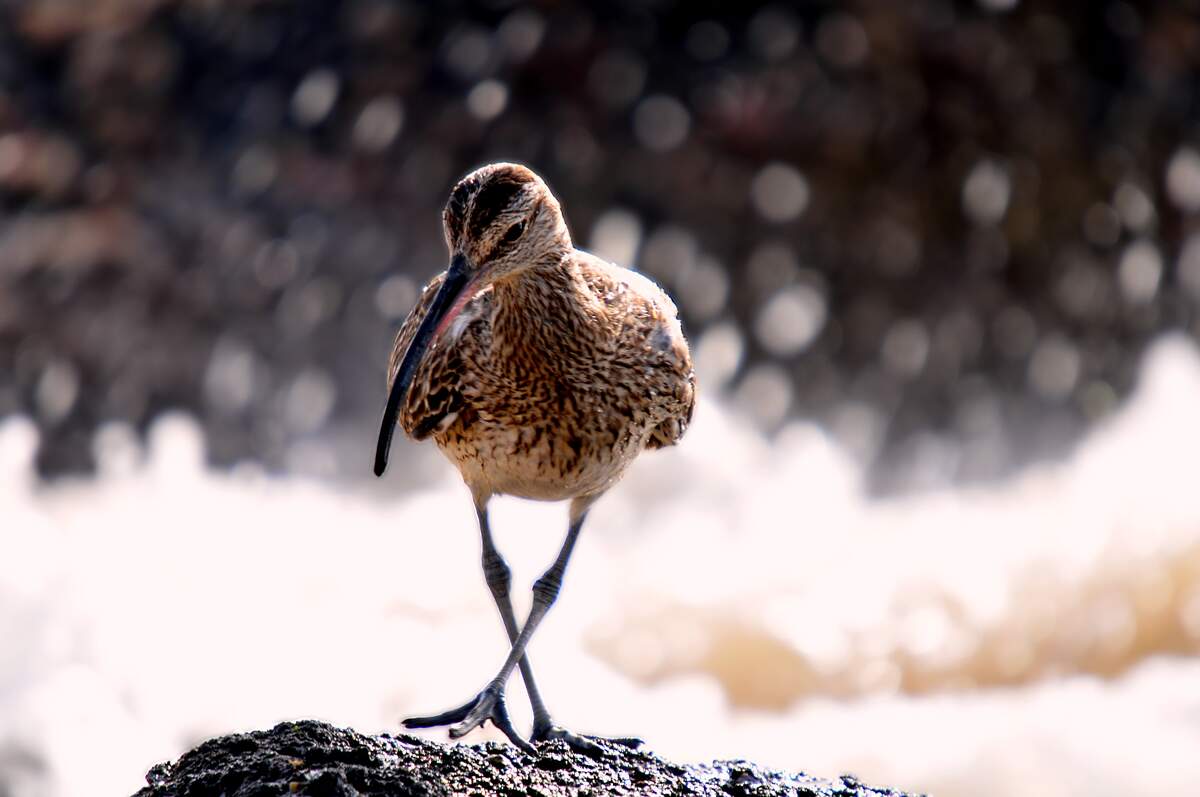

Curlew Day
It is on today's date (or around today's date) when long-billed curlews arrive at the Umatilla National Wildlife Refuge in Oregon to begin courting and nesting. Over 500 of the birds make the refuge their nesting home each year. On account of this, today is known as Curlew Day! The day has been observed at least since 1986.
Curlews are shorebirds and a type of sandpiper. There are nine species of curlews, although one—or possibly two—may now be extinct. Curlews can be found on every continent except Antarctica. The long-billed curlew, which goes by names like sicklebird and candlestick bird, has a range that covers most of Mexico, the western United States, and parts of southwestern Canada. During the summer season, the bird breeds in areas of sparse, short grasses, including agricultural fields and shortgrass and mixed-grass prairies in the western United States. It is believed their breeding range covered a wider area in the nineteenth century, reaching into regions like the Midwest.
When migrating to and from Mexico, where they spend their winters, long-billed curlews can be found in wetlands, mudflats, shortgrass prairies, and agricultural fields. While in Mexico, they spend their time in wetlands, mudflats, tidal estuaries, shallowly-flooded fields, and beaches. It was estimated that there were around 140,000 long-billed curlews in 2015. They decreased in number in the years prior to that. The main threat they face today is habitat loss, which is due to development and climate change.
Large with long legs, the most striking feature of the curlew is a long bill that curves downward. They use it to poke around and search for worms, crabs, and shrimp in mud, sand, and soft dirt in shallow water. They also use it to find insects on drier grasslands. Although all curlews have long bills, the bill of the long-billed curlew is particularly long. The female has a longer bill than the male, and its curve is more pronounced.
Long-billed curlews have mottled or speckled brown or cinnamon-colored plumage and a cinnamon belly. The forming of their nests starts when a male scrapes the ground to help attract a mate. When a female pairs up with him, she helps hollow out the ground. They then line the area with weeds and grasses and other items. Female long-billed curlews lay four eggs at a time. A new generation is born, and the life cycle of the curlew continues—the birds will head south for winter and return again in the spring around the time of Curlew Day.
How to Observe Curlew Day
The best way to celebrate Curlew Day may be to visit the Umatilla National Wildlife Refuge. While there, see if the long-billed curlews have arrived and check if any special tours or talks are being held. If you can't make it to the wildlife refuge, perhaps you live in an area where the long-billed curlew is found and you can still see some. You could also learn about the other curlew species, watch videos of curlews or listen to their sounds, read a book about curlews, or learn how to draw a curlew.





















